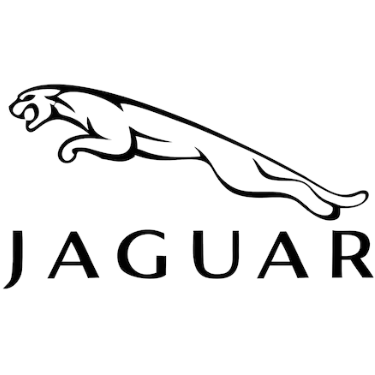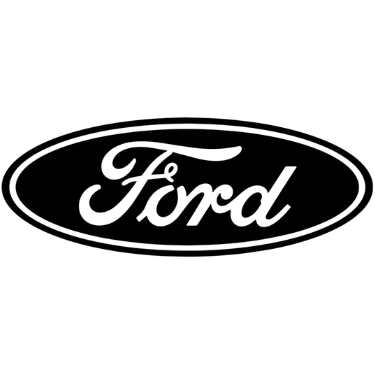In Austin, thunderstorms don’t just bring rain - they often roll in with heavy winds, sharp hail, and unpredictable damage. While most car owners think of insurance and garages when storms strike, few realize that professional-grade window tinting can also offer protective value when extreme weather hits. For car owners, especially those driving high-end vehicles, tinting isn’t only about looks or heat rejection; it's also a physical barrier between your vehicle’s glass and whatever the Texas sky throws at it.
When hailstones fall, your car’s most vulnerable areas are the windshield and side windows. While tempered and laminated auto glass can resist some damage, side windows often shatter with direct impact from large hail or airborne debris. Thunderstorms can also cause sudden pressure changes, throwing gravel, branches, or even signage into glass panels with surprising force - not to mention the damage caused by tornadoes that often develop in the area.
Untreated glass is the weakest point on your vehicle during a storm. While no tint will completely stop large hail from breaking a window, the right tint film, especially ceramic or multi-layered safety films, can hold the glass together upon impact, reducing shatter, internal damage, and personal injury risks.
At Dixie Tint Pros, we often explain that while window tinting is not “hail-proof,” it serves a critical structural role by:
This extra layer is particularly valuable for owners of luxury vehicles, where a broken window often leads to expensive interior replacement beyond the glass itself.
Ceramic window tint, the most popular options at our Austin tint shop, isn't just for blocking heat and UV rays. Its multi-layer structure also contributes to glass strength and elasticity, which helps resist cracking during sudden impact.
Unlike dyed or metallic tints, ceramic tint is non-conductive, non-metallic, and extremely durable, making it a preferred option for both aesthetic appeal and real-world performance. Car owners in tornado or hail-prone areas like Texas are increasingly requesting ceramic tint not only for heat rejection but for storm protection as well.
For homeowners and business owners asking about window tint for offices or homes, the principle is similar. Safety and security films used in architectural tinting reinforce windows against pressure from storms, flying debris, and sudden temperature changes—common side effects of Texas thunderstorms.
While the window tinting industry tends to focus on cars, the same logic can apply to window privacy film or tinted windows for homes and buildings. These films hold the glass together in case of breakage and can dramatically improve safety during violent weather.
One frequent question we hear from customers across Austin and beyond is whether thicker or darker tints are legal. The Texas tint law limits how dark you can go on certain windows, but ceramic tint and safety film can meet legal standards without sacrificing visibility or performance.
Even tinted glass for car windows that complies with Texas law can still provide meaningful reinforcement. We stay up-to-date on local and state regulations, helping customers pick products that meet legal visibility standards while delivering real-world protection.
Storms in Austin can strike without warning. You might not always have time to move your car into a garage or under a cover. With tinted windows Austin drivers can trust, you gain a subtle but valuable line of defense - one that’s always in place, working silently whether skies are sunny or storming.
Beyond reducing heat and improving privacy, a high-performance window tint is one of the only upgrades you can add to your vehicle that works both in daily commutes and during extreme weather.
Not all tint films are created equal, and not all installers apply them the right way. At Dixie Tint Pros, we specialize in window tinting that 1000s of Texas drivers count on from sleek sedans to premium SUVs. Whether you’re driving around downtown Austin or Lake Travis, our team ensures your tint provides the clarity, strength, and resilience it was designed for.
While no window tint can fully eliminate storm damage, a professional-grade film acts as a passive protector during Texas’s most aggressive weather. If you’ve ever dealt with shattered windows, flying debris, or insurance claims after a thunderstorm, it’s worth considering window tint as part of your vehicle’s overall safety profile.
Your glass doesn’t need to be the weak spot anymore.
We provide ceramic and dyed window tints to all of our customers and are an exclusive distributor of Autobahn window films. All of our tints are multilayered and provide protection against scratches, heat, and UV rays
The darkness of window film is regulated based on the Visible Light Transmission or VLT – the percentage of visible light allowed in through the combination of the film and the window. Texas laws contain specific regulations based on the type of vehicle. The requirements for sedans, SUVs and vans are as follows.
- Windshield: 25% VLT tint is allowed above the manufacturer’s AS-1 line or top 5 inches, with less than 25% reflection
- Front Side Windows: Must allow more than 25% of light in
- Back Side Windows: Any level of darkness
- Rear Windows: Any darkness can be used with side outside mirrors, 25% VLT without.
For more information visit the Texas Department of Public Safety’s website here.
The cost of window tinting can vary depending on the size of your vehicle, the windows you want to tint, and the type of film you choose. Generally, the larger the vehicle and the higher the window counts, the more it will cost. Premium Window Films, like our Nanoflex Premium Ceramic window film, start around $125 per window while our quality cost effective Carbon Terraflex Window Films can be as low as $59 per window. Despite our business being window tints, Dixie Tint Pros is completely transparent when it comes to pricing. You will know your out-the-door cost before you arrive at one of our stores, if you request a quote from us.
The short answer is no, it is not illegal to have window tint on your car’s windows. However, Texas regulates the amount of light that your tint can block. Your vehicle tint must follow Visible Light Transmission or VLT standards established by the state of Texas. For more information about Texas Window Tint Laws, visit the Texas Department of Public Safety’s website here.
Carbon tints are made from sheets of polyester or another laminate materials that include microscopic Carbon particles that, depending on quantity, can provide varying shades from very light to very dark. Ceramic window tint is the highest quality window film on the market and is made from polyester or laminate based sheets. They are available in a variety of shades and colors. The main difference between ceramic tint and carbon tint is that ceramic tint is coated with ceramic particles at the end of the manufacturing process. Ceramic tints blocks visible sunlight, adds privacy, blocks harmful UV rays, glare, and heat.



















